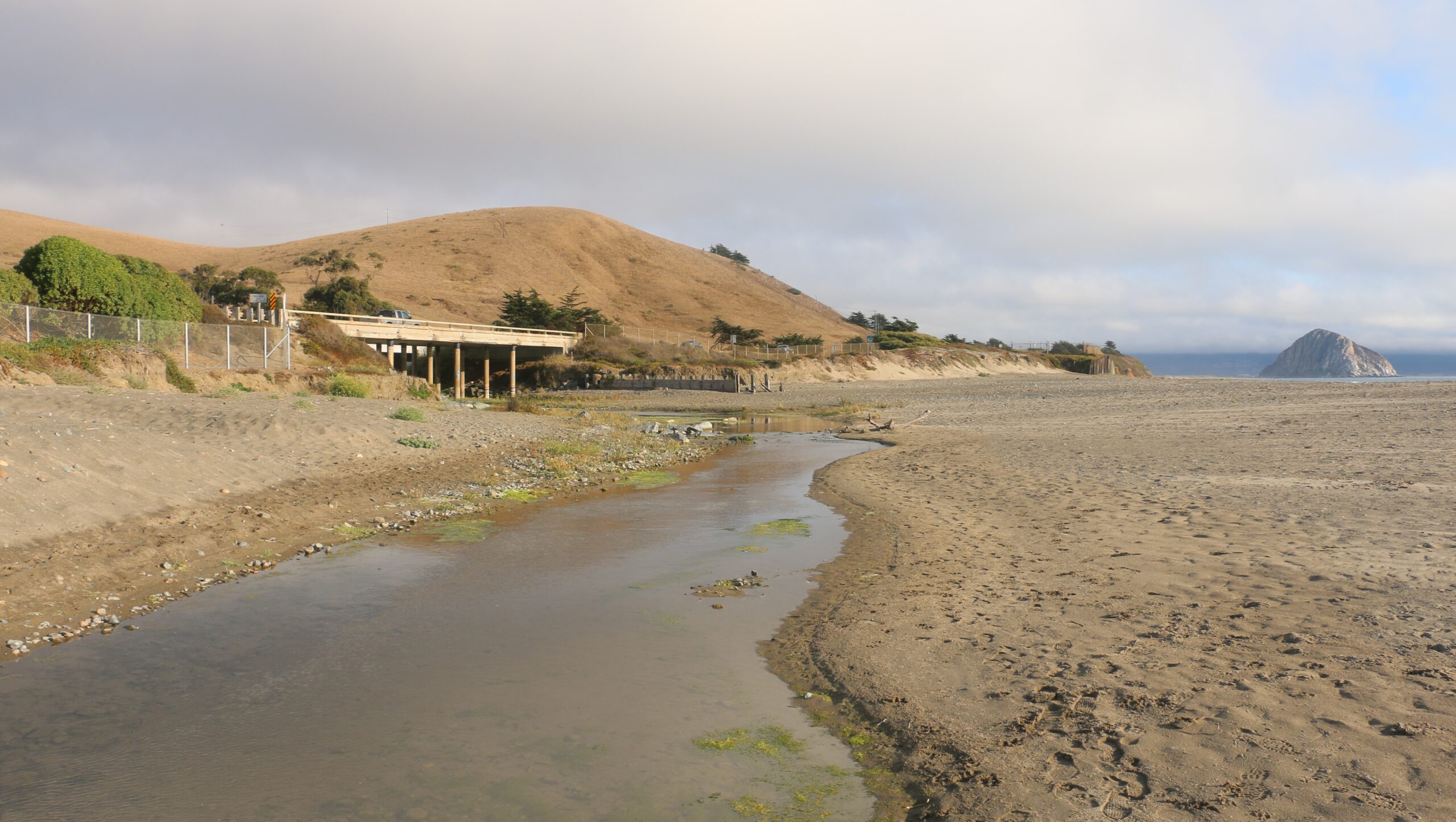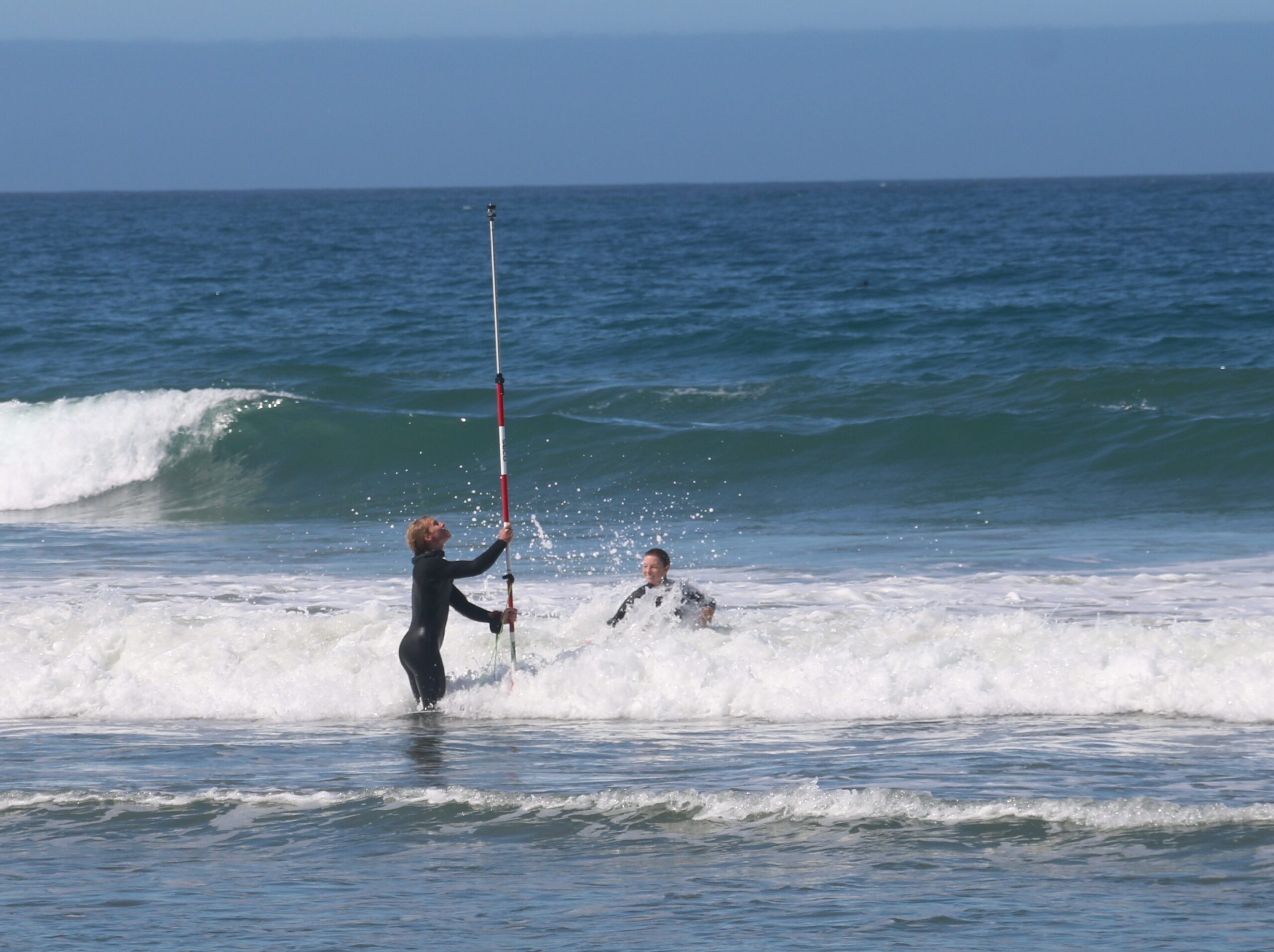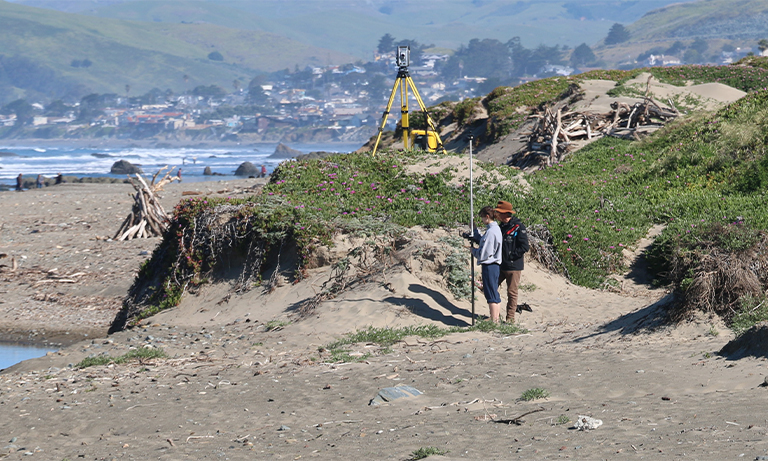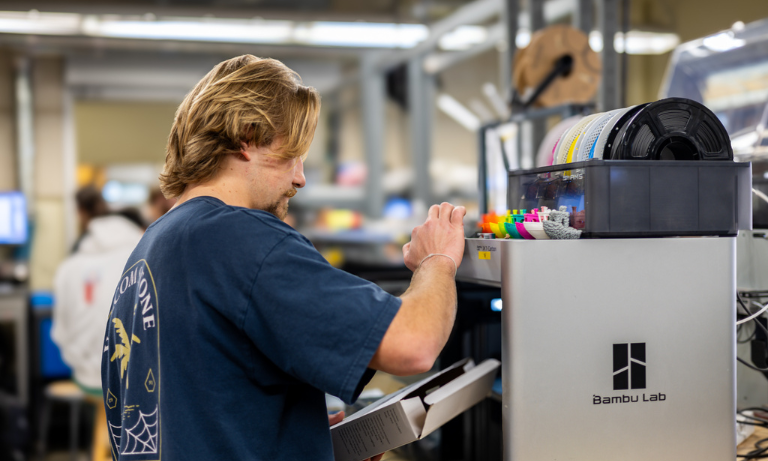Civil engineering Professor Stefan Talke is delving into critical questions around how climate change and human intervention are reshaping flood risks in coastal and river areas.
His research, funded by the National Science Foundation, Caltrans, the California Delta Stewardship Council, the U.S. Army Corps of Engineers, and the Strategic Environmental Research and Development Program, is a multifaceted look at how sea-level rise, infrastructure and climate-driven changes impact flood hazards.
In an NSF-funded study, Talke collaborated with other universities to investigate how human activities like dredging and land reclamation have amplified flood risks in coastal areas. Their findings suggest that these interventions, often intended to manage water resources and facilitate shipping, may actually heighten the impact of sea-level rise. This creates complex challenges but also offers opportunities to rethink flood management strategies, as highlighted in a recent article published by The Conversation.

For Caltrans, Talke’s team is examining the vulnerability of the Toro Creek Bridge, a critical part of Highway 1 between Morro Bay and Cayucos. As sea levels rise, the risk of erosion and wave damage to this bridge grows. His team is evaluating both structural and nature-based solutions that could protect this infrastructure and adapt it for future climate conditions.
With support from the California Delta Stewardship Council, Talke’s group digitized nearly 2,000 individual years of historical tidal records from the Sacramento-San Joaquin Delta, extending back to the 1850s. These records provide an unprecedented view of environmental shifts influenced by the Gold Rush, land reclamation, water resources management and dredging. Their findings underscore the region’s high vulnerability to sea-level rise, a factor often overlooked in California’s adaptation efforts.
The team is also working with the U.S. Army Corps of Engineers to recover tidal data dating as far back as the 1820s, creating a comprehensive database that will support national climate change studies.

Through a project funded by SERDP, Talke’s group is collaborating with several universities to develop improved models for estimating rising sea levels, vertical land movement (such as subsidence) and future hazards like 100-year flood heights worldwide.
The team’s focus is on understanding how these changes impact estuaries and tidal rivers, which pose unique challenges as they involve both coastal and riverine dynamics.
Early results indicate significant variation in flood dynamics around the U.S.; a 1-foot flood, for instance, may last two hours in areas with large tidal ranges but over 20 hours where tides are smaller. By capturing these regional differences, Talke’s research aims to inform climate adaptation efforts that are tailored to specific environments and local needs.
Talke’s work sheds light on the hidden vulnerabilities and evolving flood dynamics that shape communities nationwide, helping provide the science needed to guide resilient, adaptive solutions.


